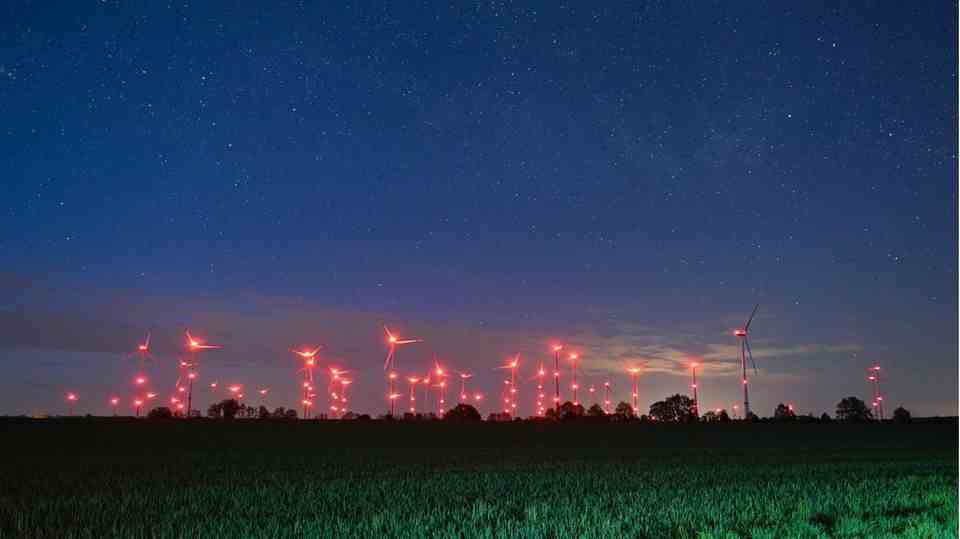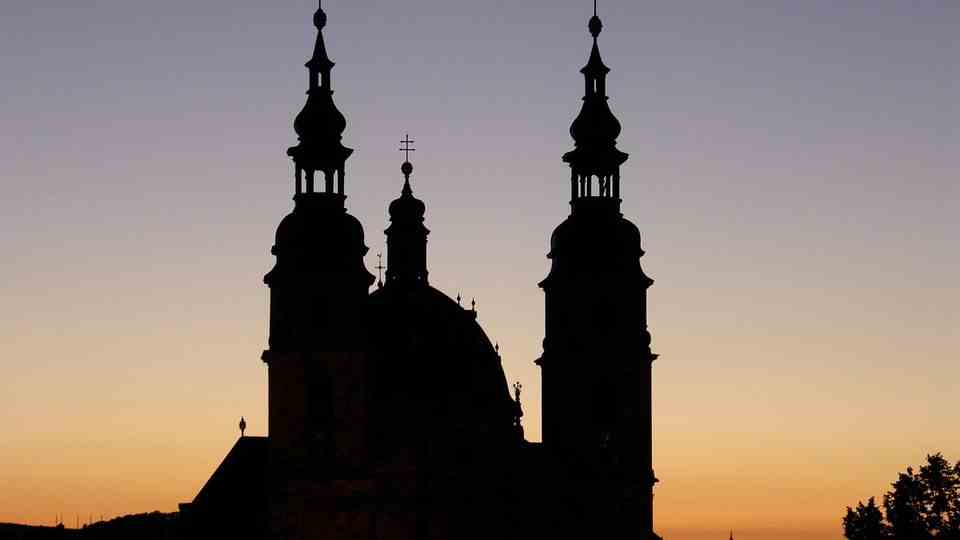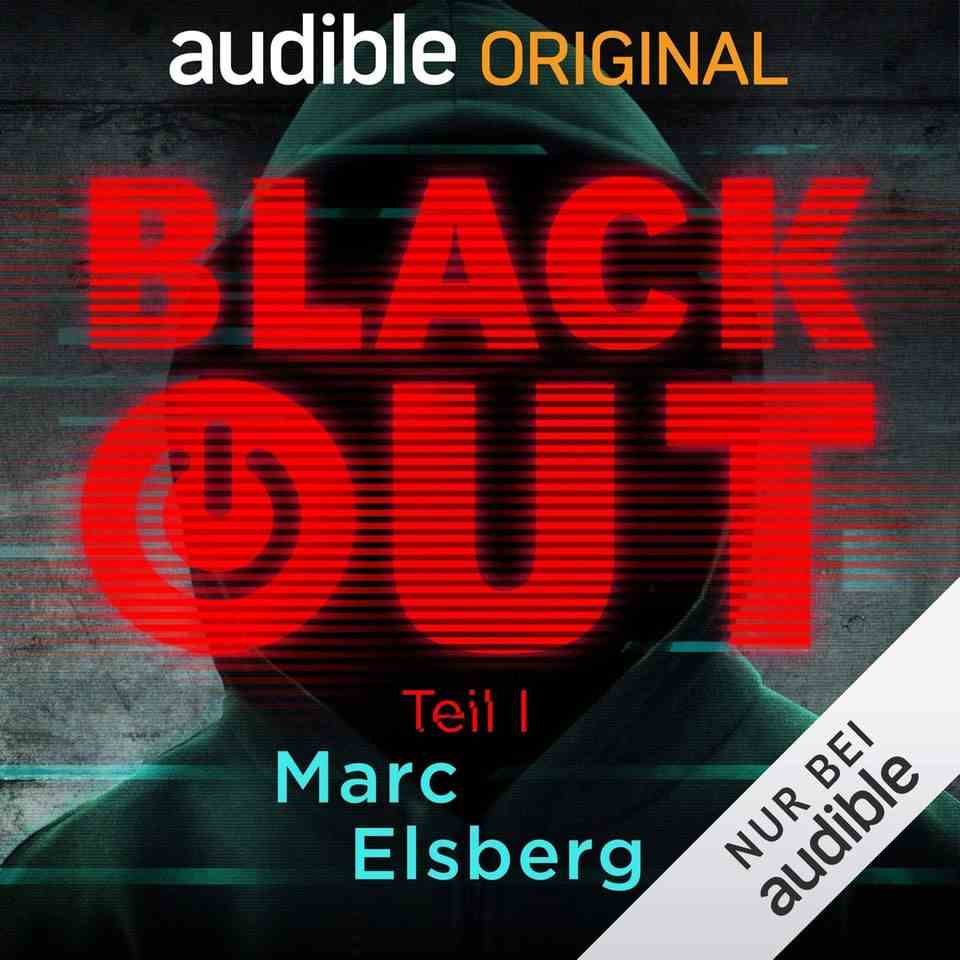Illuminated churches and monuments, floodlights in stadiums and glaring street lighting – in many places people turn night into day. Light pollution has devastating consequences for wildlife and biodiversity.
The trend towards permanent night lighting is torture for many animals. The UN cultural organization Unesco is celebrating the beneficial role of lighting in science, technology, culture and art on May 16th, the International Day of Light. But light also has a dark side.
Light pollution responsible for species extinction
“Light pollution is probably a major cause of global species extinction,” says chronobiologist Stefanie Monecke. Take streetlights, for example, where dense swarms of insects can often be seen: “The light attracts thousands and thousands of insects, which buzz around the light source, get tired or burn. The entire food chain gets confused: the animals that hunt insects in the dark find less food.”
Many bat species are sensitive to light, avoid light sources and therefore have smaller and smaller hunting areas, reports the Swiss nature conservation organization Bird Life. Robins, which normally sing at dusk, sometimes sing all night in bright light. Even joggers, says Monecke, could throw wild animals off course with powerful headlamps.
But not only that: Artificial light messes up the inner clock of many animals. European hamsters, for example, perceive the shorter days and set their annual biological clock in mid-July, which determines the beginning and end of hibernation, says Monecke, a visiting scientist at the Ludwig Maximilian University in Munich.
Hamster in danger of extinction
If they are disturbed by the bell of a city or car lights on a street, there is a high risk that their clock will be out of step. Then they would neither come out of hibernation in time in spring nor be ready to mate at the same time. “Today, field hamster reproduction starts up to two and a half months later than in the 1980s,” says Monecke. “Instead of 20 to 25 young animals a year, a female field hamster now only raises five. With a strong downward trend.”

Whether wind turbines, street lamps or buildings – the night-time light sources are diverse
© Patrick Pleul / Picture Alliance
According to Monecke, the numbers for some species are falling dramatically, “not because too many animals are dying, but because, like hamsters, they are having fewer and fewer offspring.” In their view, local pollution and destruction cannot explain this factor, but light pollution can. Today, the field hamster, which was found in millions of fields up until the 1980s, is threatened with extinction in its entire distribution area between the Rhine Valley and Lake Baikal.
Light pollution an “often underestimated danger”
According to the International Union for Conservation of Nature (IUCN), light pollution is an “often underestimated danger” that could also be significant for hamsters. In addition, she mentions climate change, industrial agriculture, habitat loss and poisoning as pests. People also align their internal clock with the light-dark rhythm, says chronobiologist Achim Kramer from the Charité University Hospital in Berlin. Cells in the eye transmit impulses of light that “set” the internal clock, keeping people asleep when it’s dark outside at night and active during the day.
“If you switch off the biological clock in mice, they become fat and sick,” says Kramer. Also, those who constantly live against their internal clock in shift work have a higher risk of cardiovascular, metabolic or cancer diseases and depression than people with an intact day-night rhythm. “A well-synchronized internal clock is very important for health.” Unlike animals, however, people can protect themselves against excessive lighting in the evening and at night by using curtains. “One of the main problems people have is self-made light pollution: using screens for hours and often late,” says Kramer.
Experts call for less lighting
People who light their home garden or communities that provide bright street lighting often do so with the argument that they want to deter criminals. However, a British study in 2015 was able to show that more street lighting in more than 60 towns in England and Wales prevented neither accidents nor crime.
That’s why the remedy for the plight of the animals is actually simple: less outdoor lighting. This would also save a lot of energy. “The lighting of streets, squares and bridges in Germany, which is in urgent need of modernization, wastes three to four billion kilowatt hours of electricity every year – more than a million private households consume together,” calculates the German Nature Conservation Union (Nabu). Some cities have reduced their energy consumption by 50 percent through intelligent lighting, including motion detectors.
Fulda as the first star city
In public lighting, light bulbs are often replaced by LED lamps with the same amount of electrical energy, says physicist and engineer Martin Löffler-Mang from Saarland University of Applied Sciences. But these lamps made significantly more light. “If the amount of light was okay before, you could massively reduce LED and cut energy consumption to a fifth,” he says. Löffler-Mang helps interested communities with light monitoring to identify and reduce strong light sources.

The starry city of Fulda has consistently shut down the night lighting
© City of Fulda / Picture Alliance
For this purpose, nighttime recordings are automatically made at a fixed location over a long period of time, which are later evaluated. Andermatt in Switzerland has done this successfully. St. Wendel in Saarland now wants to do something to attract more tourists with the “less light” concept. In 2019, Fulda was recognized by the Dark Sky Association as the first “star city” in Germany. She has consistently directed her lighting downwards and controls them as needed. The city says it has reduced its energy consumption.
Löffler-Mang also refers to this scientific finding: “If we turned on less light, we would become more sensitive and then see more.”


